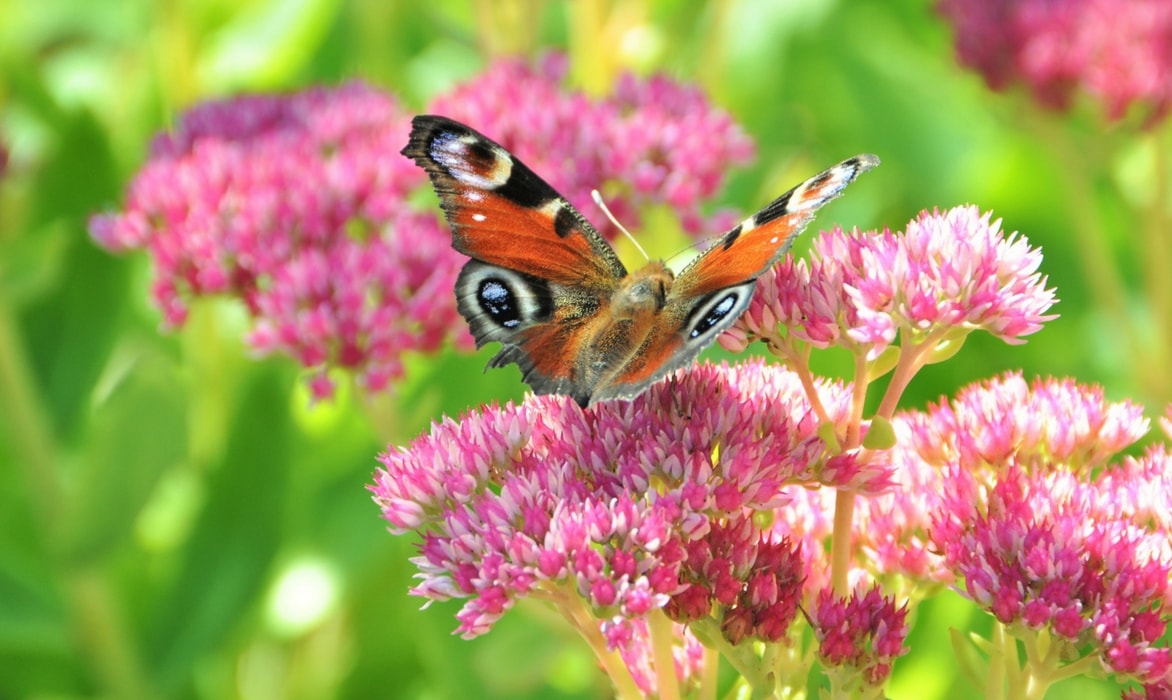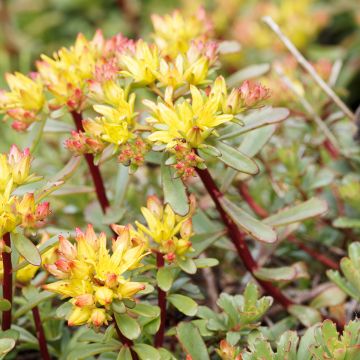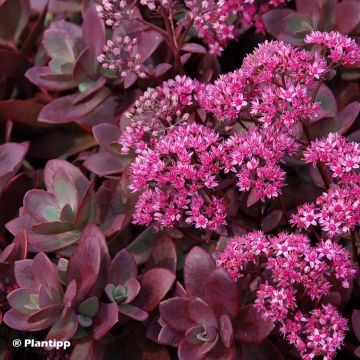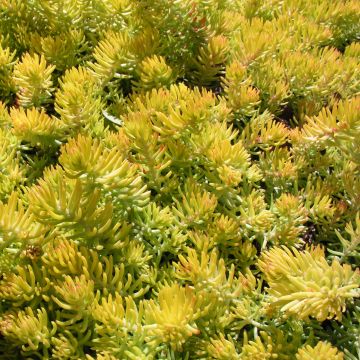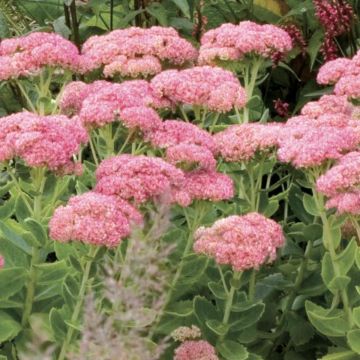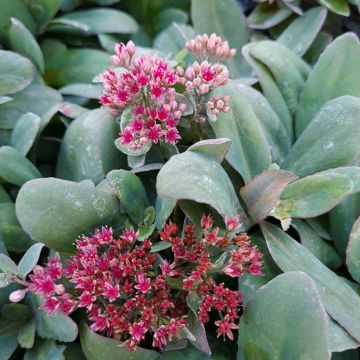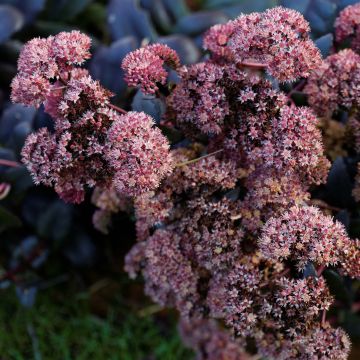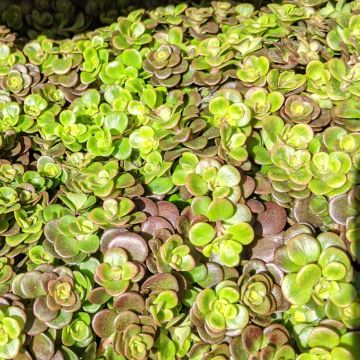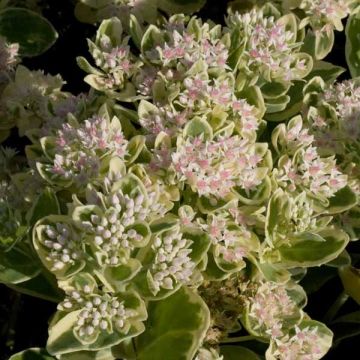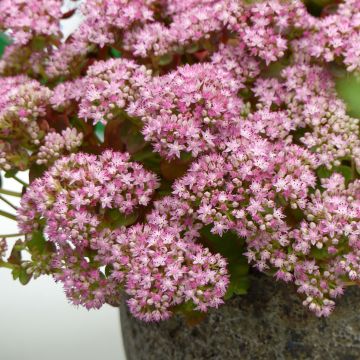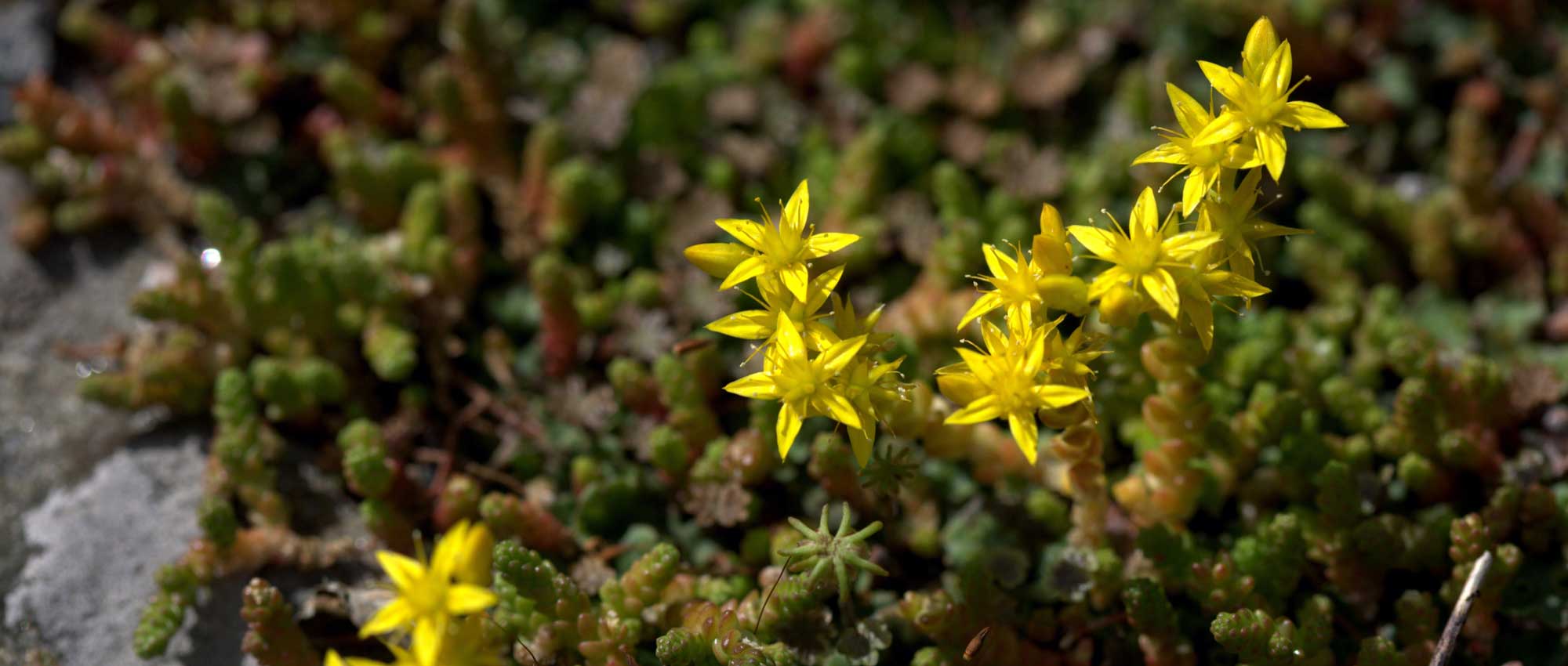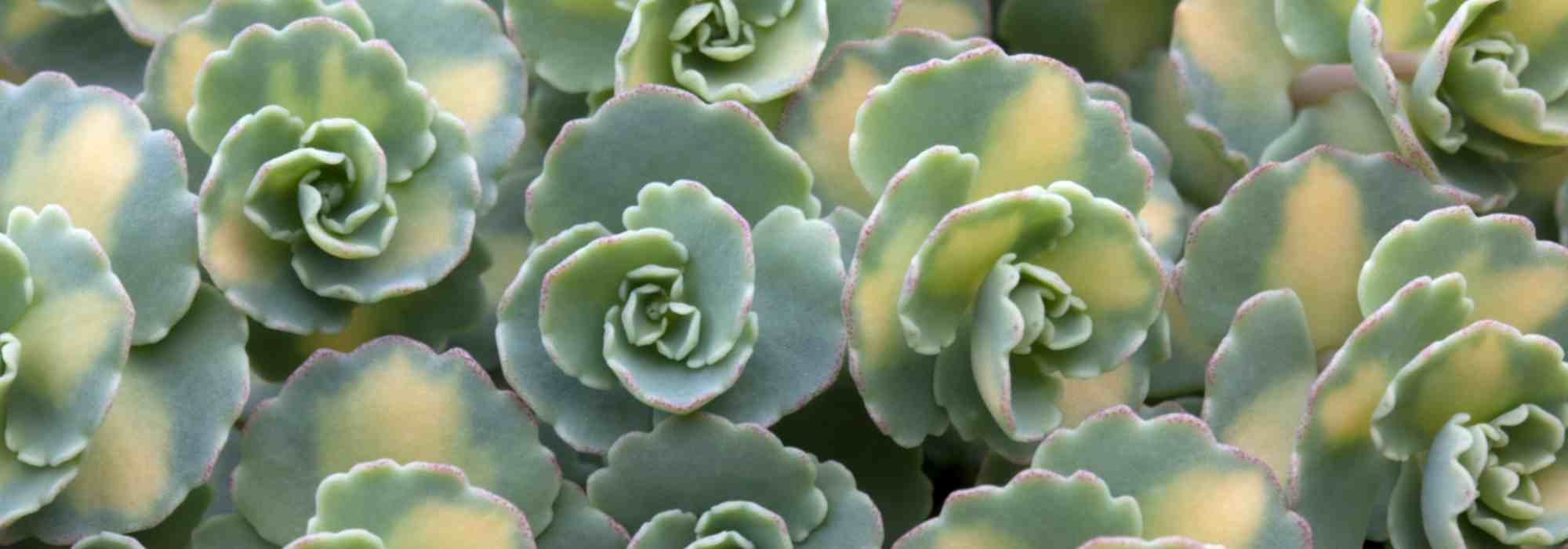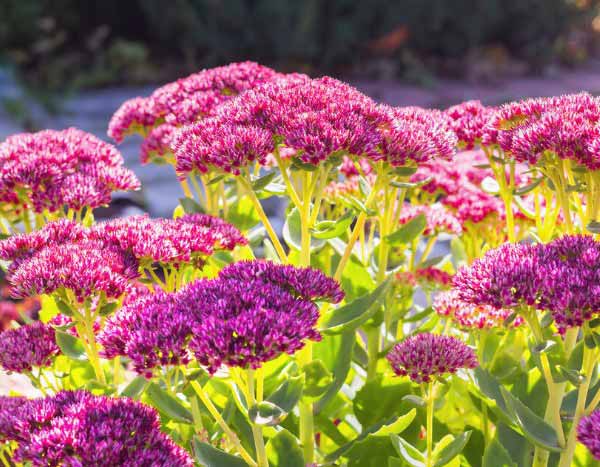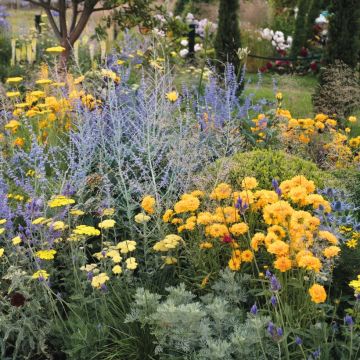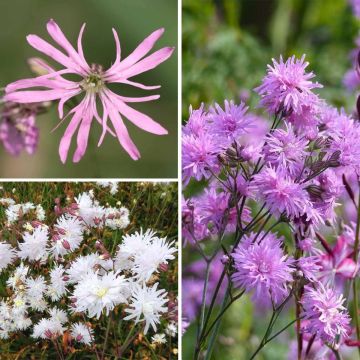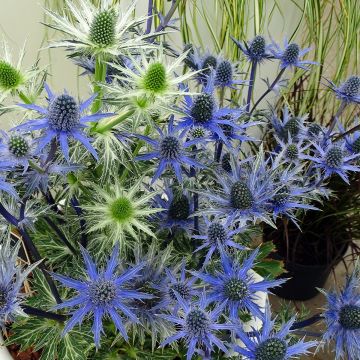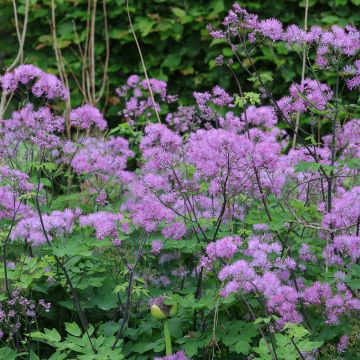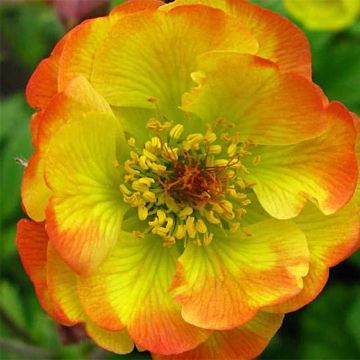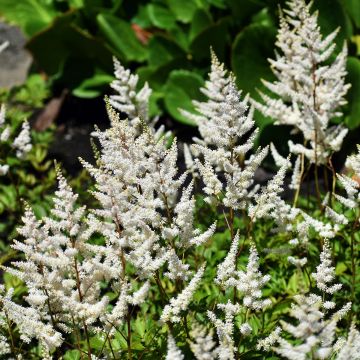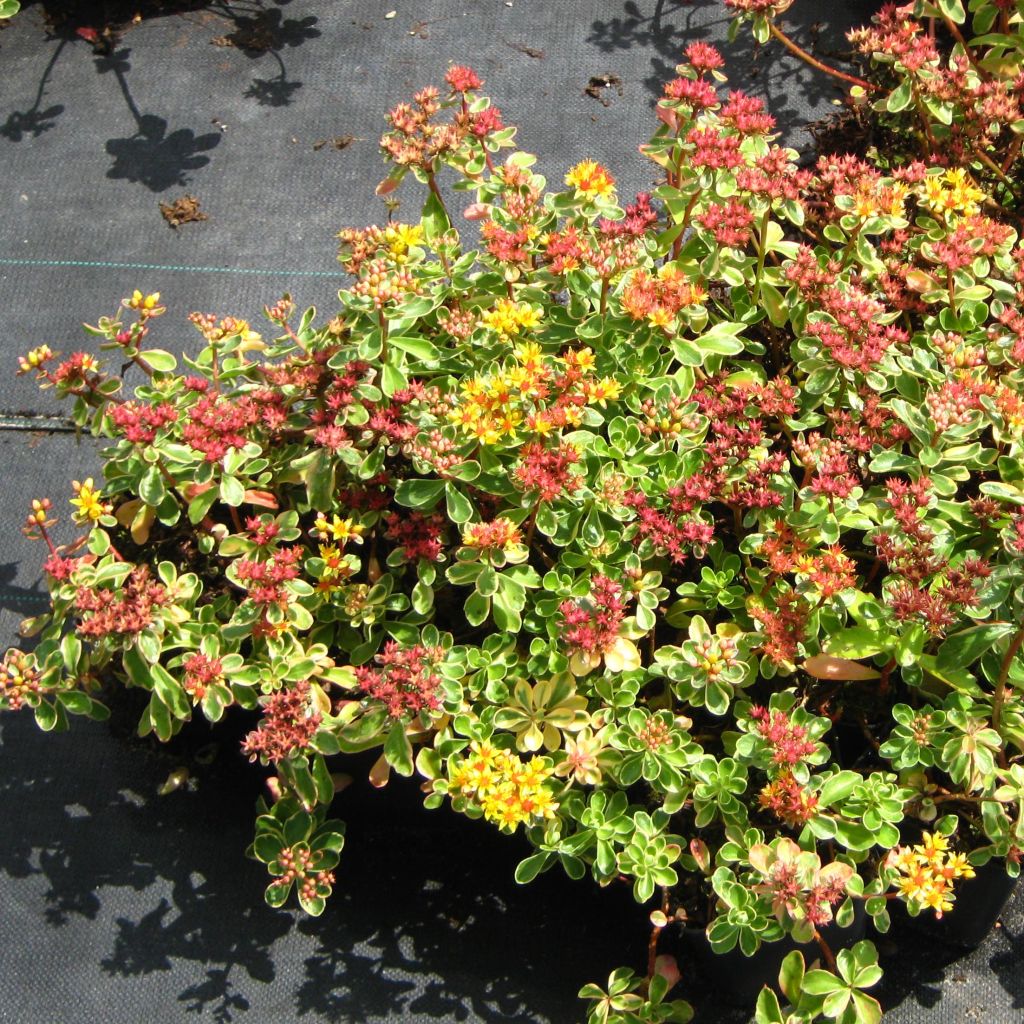

Sedum kamtschaticum Variegatum - Stonecrop
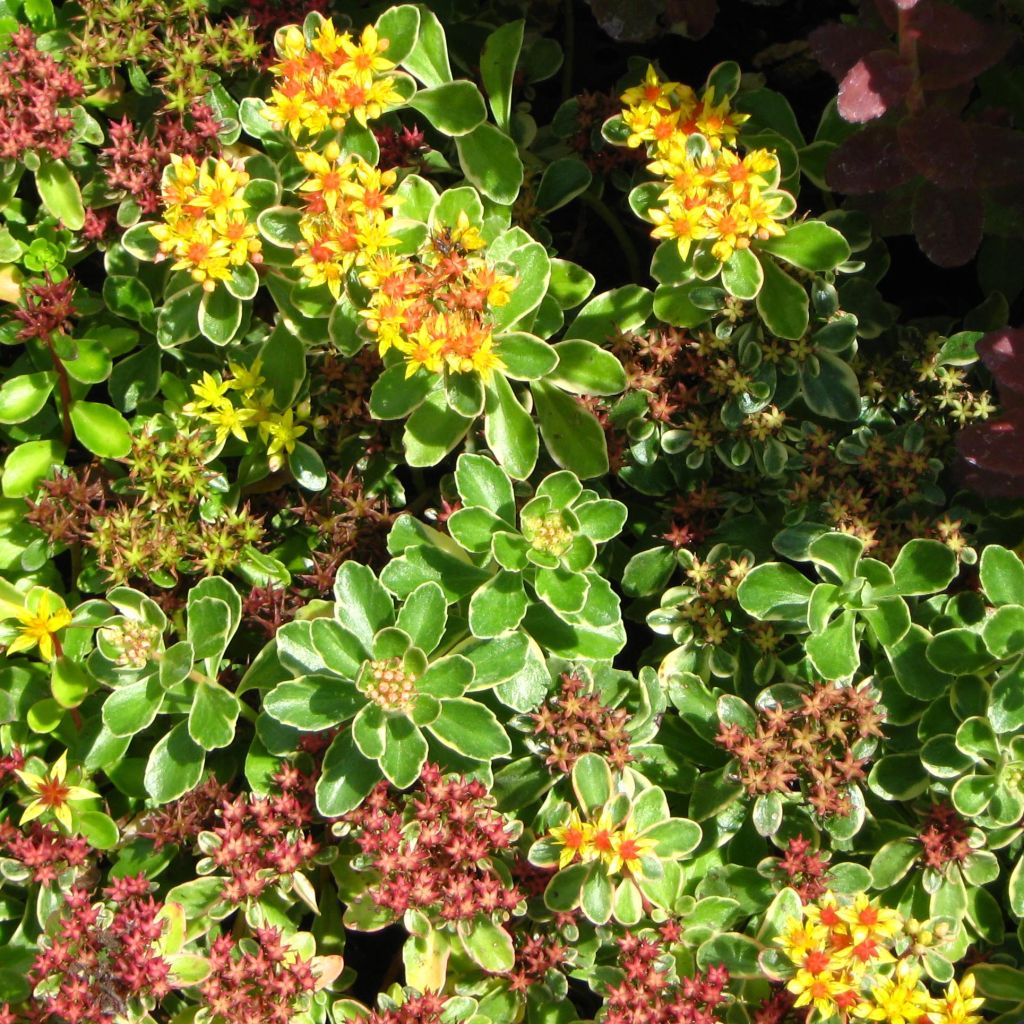

Sedum kamtschaticum Variegatum - Stonecrop
Sedum kamtschaticum Variegatum - Stonecrop
Sedum kamtchaticum Variegatum
Kamchatka stonecrop, Russian stonecrop, Orange Stonecrop
Nice young plant, healthy with good pruning, thank you.
Evelyne, 17/10/2025
Special offer!
Receive a €20 voucher for any order over €90 (excluding delivery costs, credit notes, and plastic-free options)!
1- Add your favorite plants to your cart.
2- Once you have reached €90, confirm your order (you can even choose the delivery date!).
3- As soon as your order is shipped, you will receive an email containing your voucher code, valid for 3 months (90 days).
Your voucher is unique and can only be used once, for any order with a minimum value of €20, excluding delivery costs.
Can be combined with other current offers, non-divisible and non-refundable.
Home or relay delivery (depending on size and destination)
Schedule delivery date,
and select date in basket
This plant carries a 12 months recovery warranty
More information
We guarantee the quality of our plants for a full growing cycle, and will replace at our expense any plant that fails to recover under normal climatic and planting conditions.


Would this plant suit my garden?
Set up your Plantfit profile →
Description
The Sedum kamtschaticum 'Variegatum', also known as the Kamchatka Stonecrop, is a small variegated evergreen perennial ground cover. Its multiple semi-evergreen leaves are green with cream margins and perfectly complement its golden yellow flowering. The combination brightens up the entire summer season, with vibrant colors and a myriad of small flowers that bloom from June to September, attracting insects that delight in them. Hardy and easy to grow, this succulent thrives in difficult terrains and tolerates drought.
Hailing from Kamchatka, this Russian Stonecrop is a robust perennial. Its natural conditions are harsh: volcanic soil that provides little substrate for plants and quite extreme temperatures in summer and winter. So, if your terrain is not rich, rather dry, even stony or slightly chalky, you can adopt this sturdy perennial (it withstands temperatures below -15°C (5°F)), which requires no maintenance and promises to enliven the garden with butterfly visits. Stonecrops are indeed easy-to-grow succulents with flowers and foliage in various shades that should be enjoyed to create multiple palettes, whether in flower beds, containers, or rock gardens. However, if you have rich, cool, and heavy soil, you can also plant them along the edges of flower beds. They will adapt without any issues if you ensure to add gravel and place them in full sun. Above all, they must not be subjected to excessive moisture in winter or be covered in dead leaves, as this may cause them to wither.
The 'Variegatum' variety forms a small flattened cushion with a span of 25 cm (10in), with creeping, loose stems that straighten up at the end. They bear small oblong, leathery leaves with unevenly toothed tips. This semi-evergreen foliage has very fresh hues: light green with a cream-white, slightly yellow margin. These nuances, like most of its cousins in the same genus, vary depending on climatic conditions and can even turn red. Its flowering is charming and delicate. Its inflorescences in miniature corymbs consist of multiple star-shaped golden yellow flowers that also subtly change over time. The center darkens and takes on a warm orange hue.
The Sedum kamtschaticum 'Variegatum' is a valuable asset to bring cheerfulness to every corner: along pathways, at the edge of a terrace, at the foot of a wall, in pots that can be moved according to your desires. It easily combines with all rockery plants, requires no monitoring, and colonizes neglected spaces. It is suitable for greening roofs. In flower beds, it forms a bright foreground that draws attention to its neighbors or can be placed under shrubs (exposed to the south) to fill poor soil areas. It goes well with Euphorbias and all its Stonecrop cousins to offer you a long-lasting, effortless decoration.
Sedum kamtschaticum Variegatum - Stonecrop in pictures
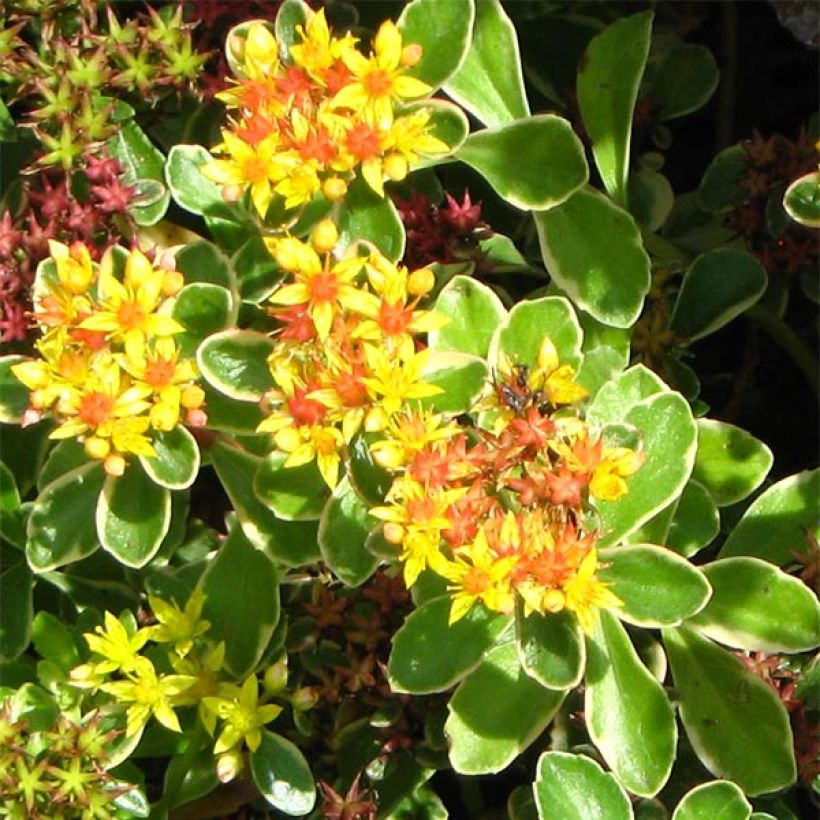

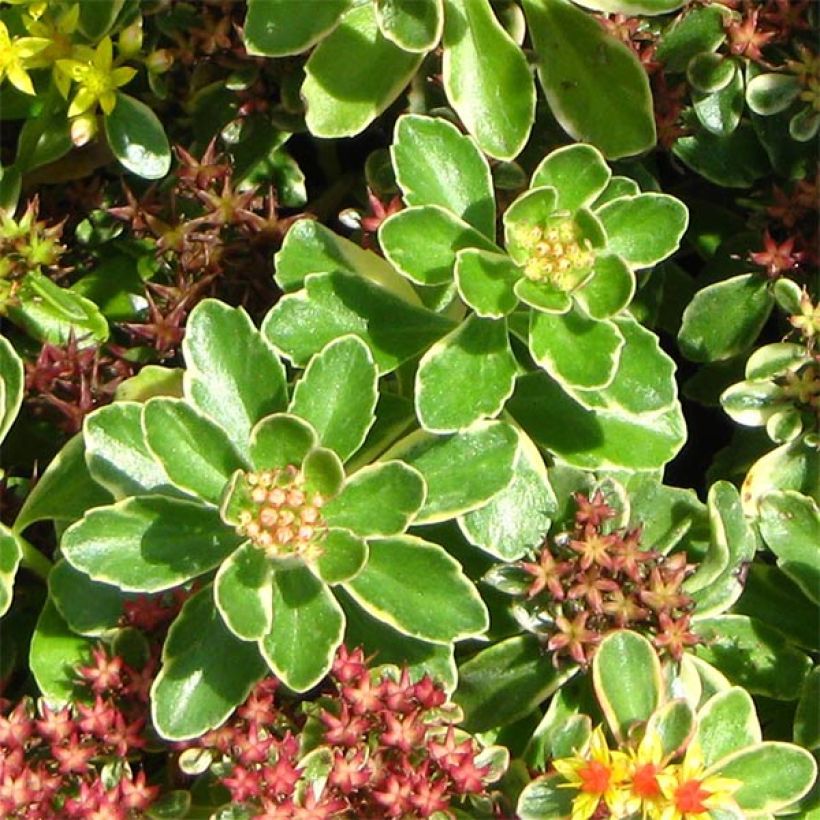

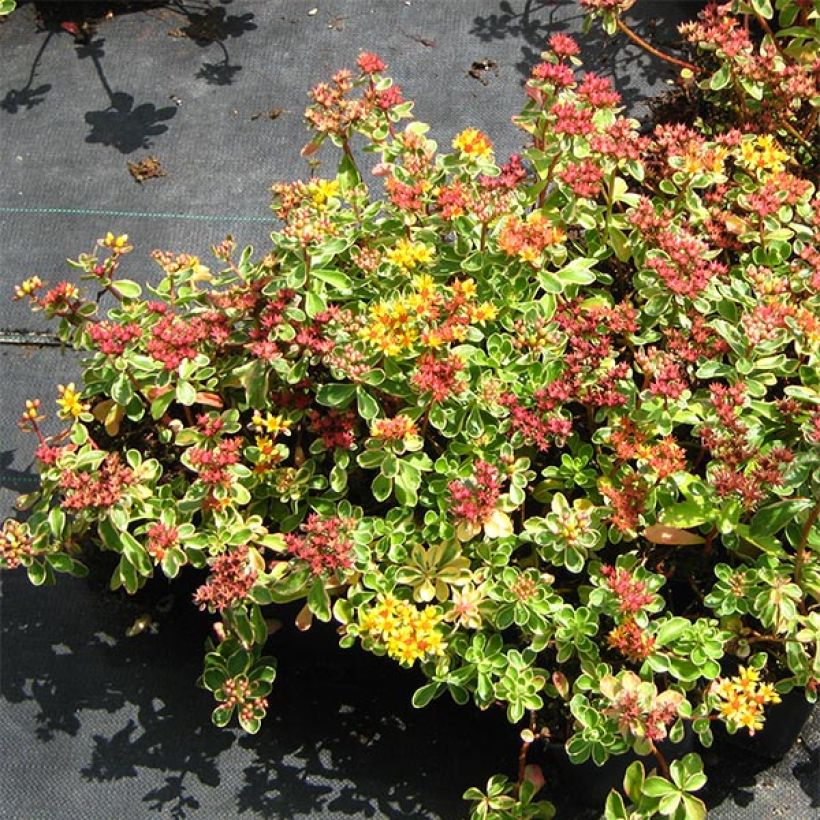

Flowering
Foliage
Plant habit
Botanical data
Sedum
kamtchaticum
Variegatum
Crassulaceae
Kamchatka stonecrop, Russian stonecrop, Orange Stonecrop
Cultivar or hybrid
Other Sedum
View all →Planting and care
The Sedum kamtschaticum 'Variegatum' enjoys warm exposures and dry, poor soils. You can plant it in the ground or in a container in spring or autumn. Make sure to keep a well-drained substrate and add some gravel if necessary. Conversely, if you place it in a rock garden or on a wall, just give it a little compost to allow it to establish. Afterwards, it will take care of itself.
Take care of it by ensuring that it does not become covered with dead leaves or vegetative residues and by possibly removing faded small inflorescences.
Planting period
Intended location
Care
Planting & care advice
-
, onOrder confirmed
Reply from on Promesse de fleurs
Similar products
Haven't found what you were looking for?
Hardiness is the lowest winter temperature a plant can endure without suffering serious damage or even dying. However, hardiness is affected by location (a sheltered area, such as a patio), protection (winter cover) and soil type (hardiness is improved by well-drained soil).

Photo Sharing Terms & Conditions
In order to encourage gardeners to interact and share their experiences, Promesse de fleurs offers various media enabling content to be uploaded onto its Site - in particular via the ‘Photo sharing’ module.
The User agrees to refrain from:
- Posting any content that is illegal, prejudicial, insulting, racist, inciteful to hatred, revisionist, contrary to public decency, that infringes on privacy or on the privacy rights of third parties, in particular the publicity rights of persons and goods, intellectual property rights, or the right to privacy.
- Submitting content on behalf of a third party;
- Impersonate the identity of a third party and/or publish any personal information about a third party;
In general, the User undertakes to refrain from any unethical behaviour.
All Content (in particular text, comments, files, images, photos, videos, creative works, etc.), which may be subject to property or intellectual property rights, image or other private rights, shall remain the property of the User, subject to the limited rights granted by the terms of the licence granted by Promesse de fleurs as stated below. Users are at liberty to publish or not to publish such Content on the Site, notably via the ‘Photo Sharing’ facility, and accept that this Content shall be made public and freely accessible, notably on the Internet.
Users further acknowledge, undertake to have ,and guarantee that they hold all necessary rights and permissions to publish such material on the Site, in particular with regard to the legislation in force pertaining to any privacy, property, intellectual property, image, or contractual rights, or rights of any other nature. By publishing such Content on the Site, Users acknowledge accepting full liability as publishers of the Content within the meaning of the law, and grant Promesse de fleurs, free of charge, an inclusive, worldwide licence for the said Content for the entire duration of its publication, including all reproduction, representation, up/downloading, displaying, performing, transmission, and storage rights.
Users also grant permission for their name to be linked to the Content and accept that this link may not always be made available.
By engaging in posting material, Users consent to their Content becoming automatically accessible on the Internet, in particular on other sites and/or blogs and/or web pages of the Promesse de fleurs site, including in particular social pages and the Promesse de fleurs catalogue.
Users may secure the removal of entrusted content free of charge by issuing a simple request via our contact form.
The flowering period indicated on our website applies to countries and regions located in USDA zone 8 (France, the United Kingdom, Ireland, the Netherlands, etc.)
It will vary according to where you live:
- In zones 9 to 10 (Italy, Spain, Greece, etc.), flowering will occur about 2 to 4 weeks earlier.
- In zones 6 to 7 (Germany, Poland, Slovenia, and lower mountainous regions), flowering will be delayed by 2 to 3 weeks.
- In zone 5 (Central Europe, Scandinavia), blooming will be delayed by 3 to 5 weeks.
In temperate climates, pruning of spring-flowering shrubs (forsythia, spireas, etc.) should be done just after flowering.
Pruning of summer-flowering shrubs (Indian Lilac, Perovskia, etc.) can be done in winter or spring.
In cold regions as well as with frost-sensitive plants, avoid pruning too early when severe frosts may still occur.
The planting period indicated on our website applies to countries and regions located in USDA zone 8 (France, United Kingdom, Ireland, Netherlands).
It will vary according to where you live:
- In Mediterranean zones (Marseille, Madrid, Milan, etc.), autumn and winter are the best planting periods.
- In continental zones (Strasbourg, Munich, Vienna, etc.), delay planting by 2 to 3 weeks in spring and bring it forward by 2 to 4 weeks in autumn.
- In mountainous regions (the Alps, Pyrenees, Carpathians, etc.), it is best to plant in late spring (May-June) or late summer (August-September).
The harvesting period indicated on our website applies to countries and regions in USDA zone 8 (France, England, Ireland, the Netherlands).
In colder areas (Scandinavia, Poland, Austria...) fruit and vegetable harvests are likely to be delayed by 3-4 weeks.
In warmer areas (Italy, Spain, Greece, etc.), harvesting will probably take place earlier, depending on weather conditions.
The sowing periods indicated on our website apply to countries and regions within USDA Zone 8 (France, UK, Ireland, Netherlands).
In colder areas (Scandinavia, Poland, Austria...), delay any outdoor sowing by 3-4 weeks, or sow under glass.
In warmer climes (Italy, Spain, Greece, etc.), bring outdoor sowing forward by a few weeks.






























